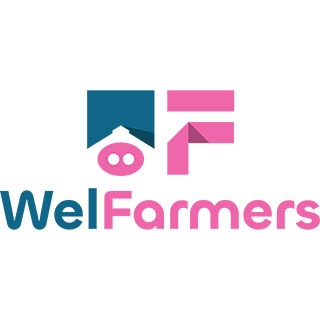
The article explains how Danish partners are turning vision into action — with real examples of loose housing, intact tails, and pen design improvements already in place on farms.
Read the full article now!
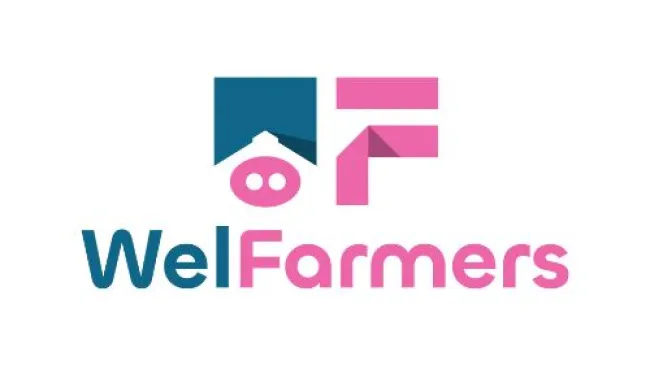
Using scale models and a checklist, it allows farmers to visualise and compare layouts before construction, reducing the risk of poor investments and helping ensure more welfare-friendly facilities.
Watch the videopill now and learn more about this tool!

Infographics: Enhancing the value of immunocastration for 144 kg pigs
This approach monitors pigs for early signs of tail biting and responds by providing additional and varied rooting materials like straw or beet pellets. By encouraging natural exploratory behaviours, this practice helps prevent tail biting outbreaks and improves overall animal welfare.
 Watch the videopill now and discover how such a small change can make a big difference!
Watch the videopill now and discover how such a small change can make a big difference!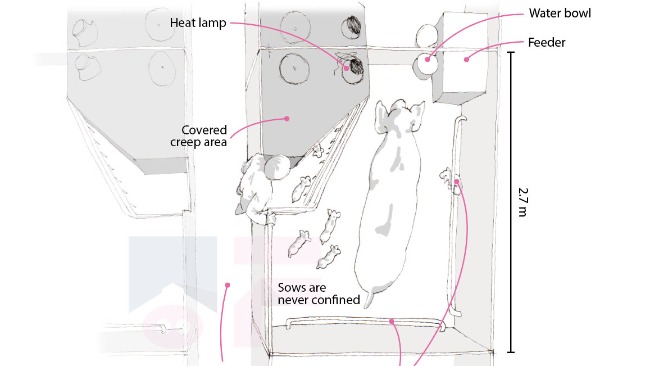
Infographics: Easy Access Creep
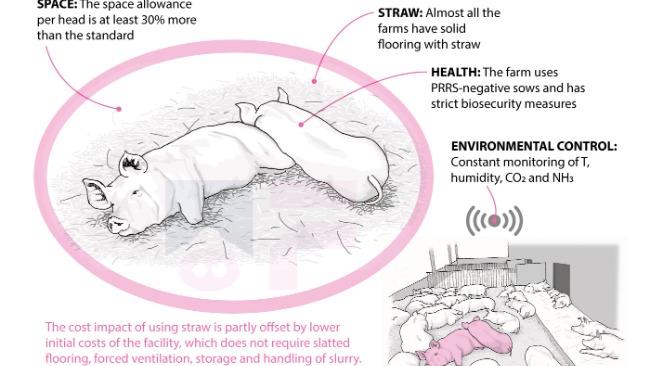
Infographics: Happy tail
This time, we spotlight the practice “Solid flooring with extra space for finishers” under the topic Space allowance and flooring. The farm introduces solid floors, increased space allowance, and active slurry removal systems to reduce emissions and improve pig welfare. A functional, low-emission design that enhances comfort, reduces aggression, and supports pigs with long tails.
 Discover more from Tomas Ryan in the full videopill!
Discover more from Tomas Ryan in the full videopill! Yesterday, November 19, 2025, WelFarmers was present at the EPP - European Pig Producer meeting in Dublin!
Yesterday, November 19, 2025, WelFarmers was present at the EPP - European Pig Producer meeting in Dublin!Our collaborator Neil Joseph Tirchett presented the WelFarmers project, focusing on the winning Good Practices from Round 1 and encouraging all EPP members to spread the word in their countries and networks.
Thank you for this opportunity!
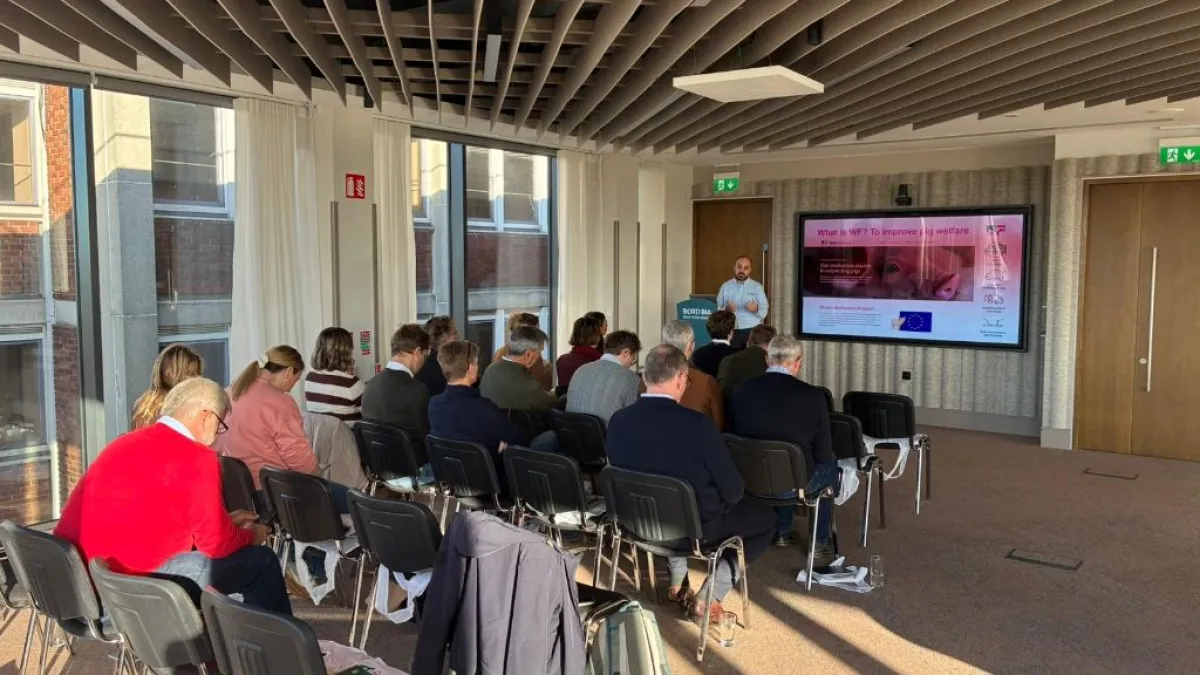
Since 2013, the farm has adopted a temporary confinement system during the first days after farrowing to reduce piglet mortality and improve working conditions. The method involves limiting the sow’s ability to turn by adjusting the front of the creep area — without resorting to permanent confinement.
 Watch the videopill on YouTube now!
Watch the videopill on YouTube now!MamaGuide is a floor-mounted pen device that prevents sows from rolling, significantly reducing the risk of piglet crushing — one of the main challenges in loose housing systems. It can be installed in both new and existing pens, regardless of the manufacturer.
 Watch the video on YouTube now!
Watch the video on YouTube now!
